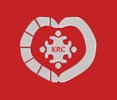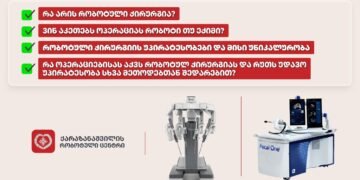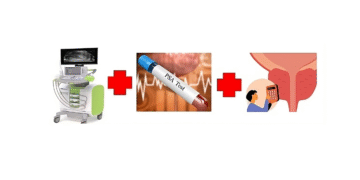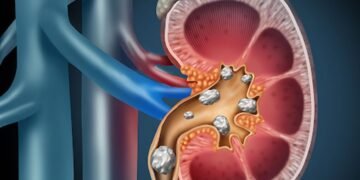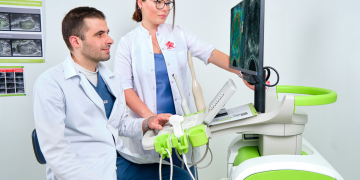Kegel exercises are a method used to strengthen the pelvic floor muscles. These muscles play a vital role in supporting the bladder and rectum, as well as in controlling the urethral and anal sphincters — meaning they help manage urination and bowel movements. Kegel exercises improve the quality of sexual life and can relieve mild forms of urinary incontinence.
Prostate problems and overactive bladder in men are usually caused by urological or neurological conditions. While timely diagnosis and medical treatment are essential, Kegel exercises also play a significant role in managing these issues.
Pelvic floor muscles can weaken with age, after prostate cancer treatment, or due to other prostate-related issues. In any case, it is crucial to identify the problem early with a urologist’s help to prevent complications.
Kegel exercises can strengthen and train these muscles, helping with urinary control.
These exercises reinforce the pelvic floor muscles, which perform the following functions:
-
Support the organs in the pelvic cavity — the bladder, rectum, and large intestine.
-
Help control urination, preventing involuntary leaks when coughing or sneezing.
You don’t need special conditions to perform Kegel exercises. They can be done while sitting at your desk, driving, or even relaxing in a chair.
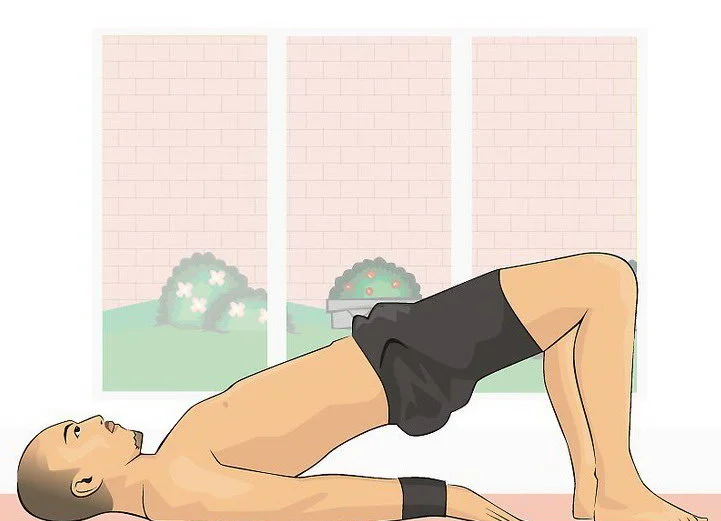
How to Perform Kegel Exercises:
First, you need to locate your pelvic floor muscles — this is simple if you imagine the urge to urinate but try to stop yourself from doing so.
-
Tighten your pelvic floor muscles and hold the contraction for about 5 seconds, then relax.
-
Repeat this 10–20 times, twice or three times a day.
-
At first, you might not manage 10–20 repetitions, and that’s okay — keep going to gradually strengthen your muscles.
Add some dynamics to the workout:
-
Quickly tighten and relax your pelvic floor muscles.
-
Do 10 fast repetitions, rest for 15–20 seconds, and repeat several times.
Important: Only the pelvic muscles should contract — not the abdominal, thigh, or lower back muscles.
If you feel pain in your abdomen or lower back afterward, you’re likely doing it incorrectly.
Another popular and effective variation of Kegel exercises (best done at home):
-
Lie on your back and bend your knees.
-
Lift your pelvis as high as possible without lifting your feet, shoulders, or upper back from the floor.
-
In this position, your pelvic muscles are already engaged — no need for additional contractions.
Static version: Hold the pelvis at the highest point for 5–10 seconds, then lower it. Repeat 10–15 times.
Dynamic version: Quickly lift and lower the pelvis. Repeat 10–15 times.
Results:
With regular practice, results usually become noticeable in 5–6 weeks. Urinary incontinence symptoms may be reduced or completely eliminated, and sexual function will significantly improve.
As mentioned above, Kegel exercises strengthen the pelvic floor muscles, which are “responsible” for erection and ejaculation.
However, naturally, Kegel exercises alone won’t drastically improve sexual performance. Don’t postpone seeing a urologist.
At MMT Hospital, prostate diagnostics are conducted using state-of-the-art technologies and methods.
The clinic offers treatment for prostatitis/pelvic pain syndrome using the STORZ DUOLITH shockwave therapy system, a globally recognized device.
It’s completely painless, non-invasive, safe, and highly effective — it restores blood circulation and prostate function, relieves pain, and improves erectile function.
